Contents
Unlock the Secrets of Luxury: What Defines a Luxury Product
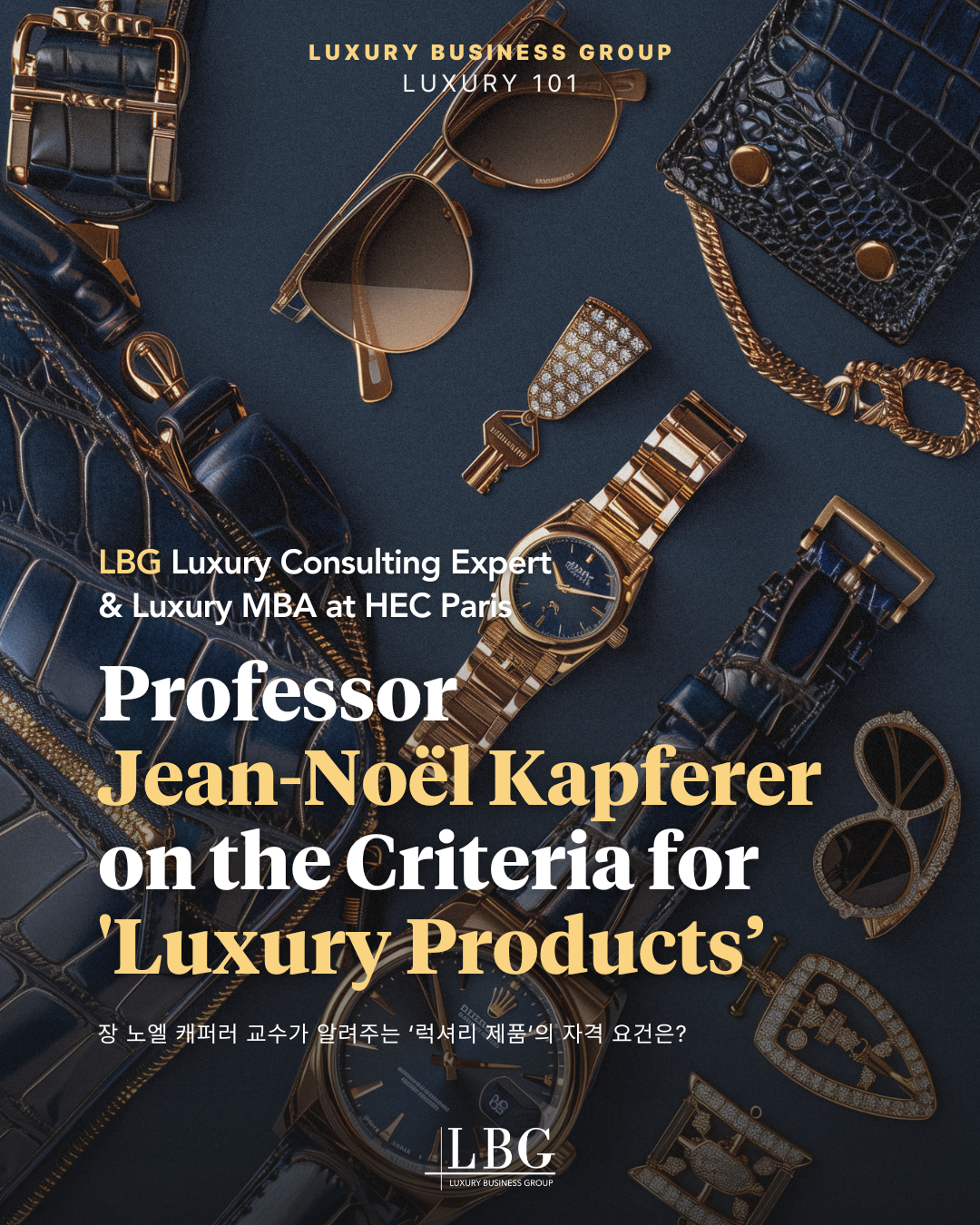
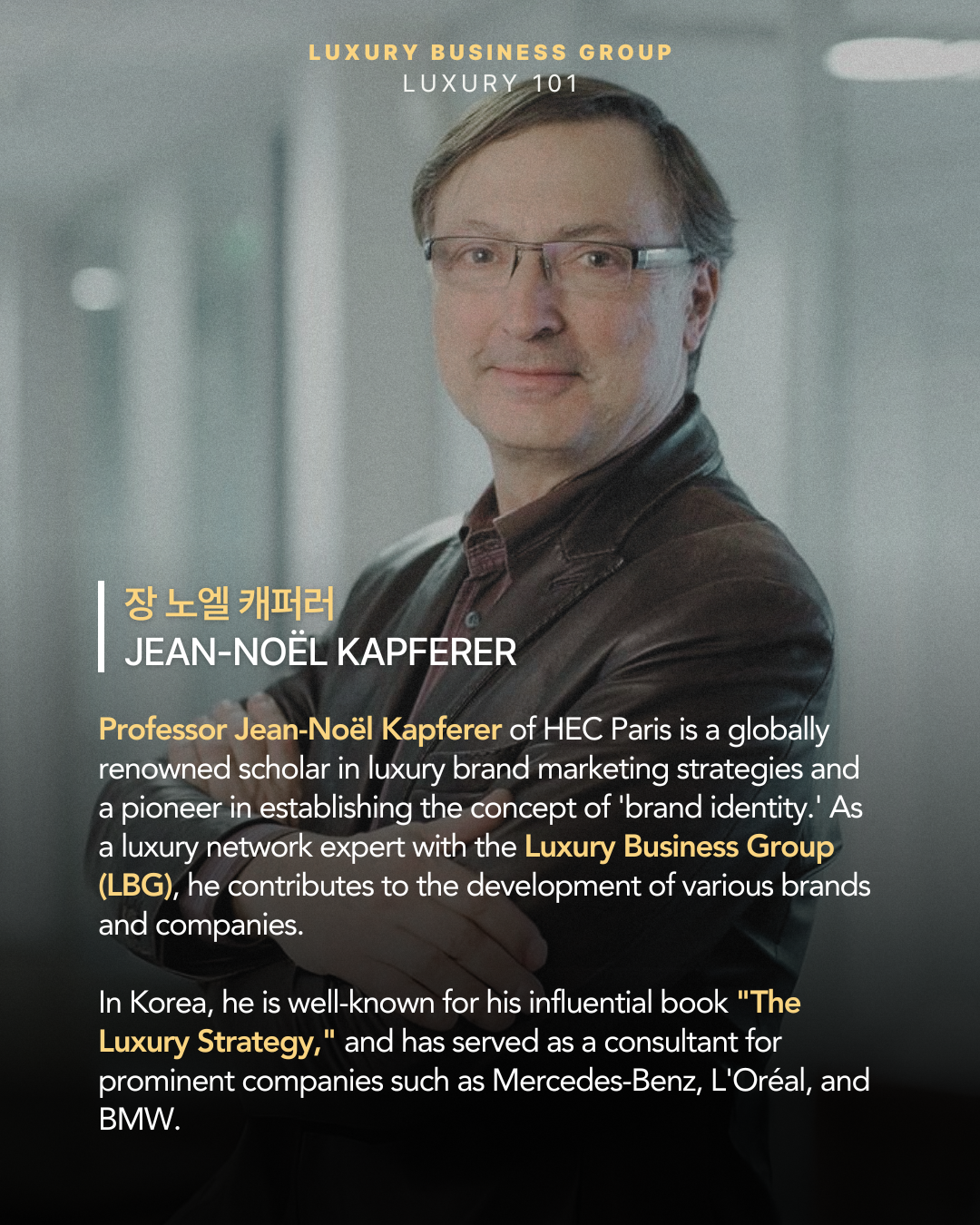
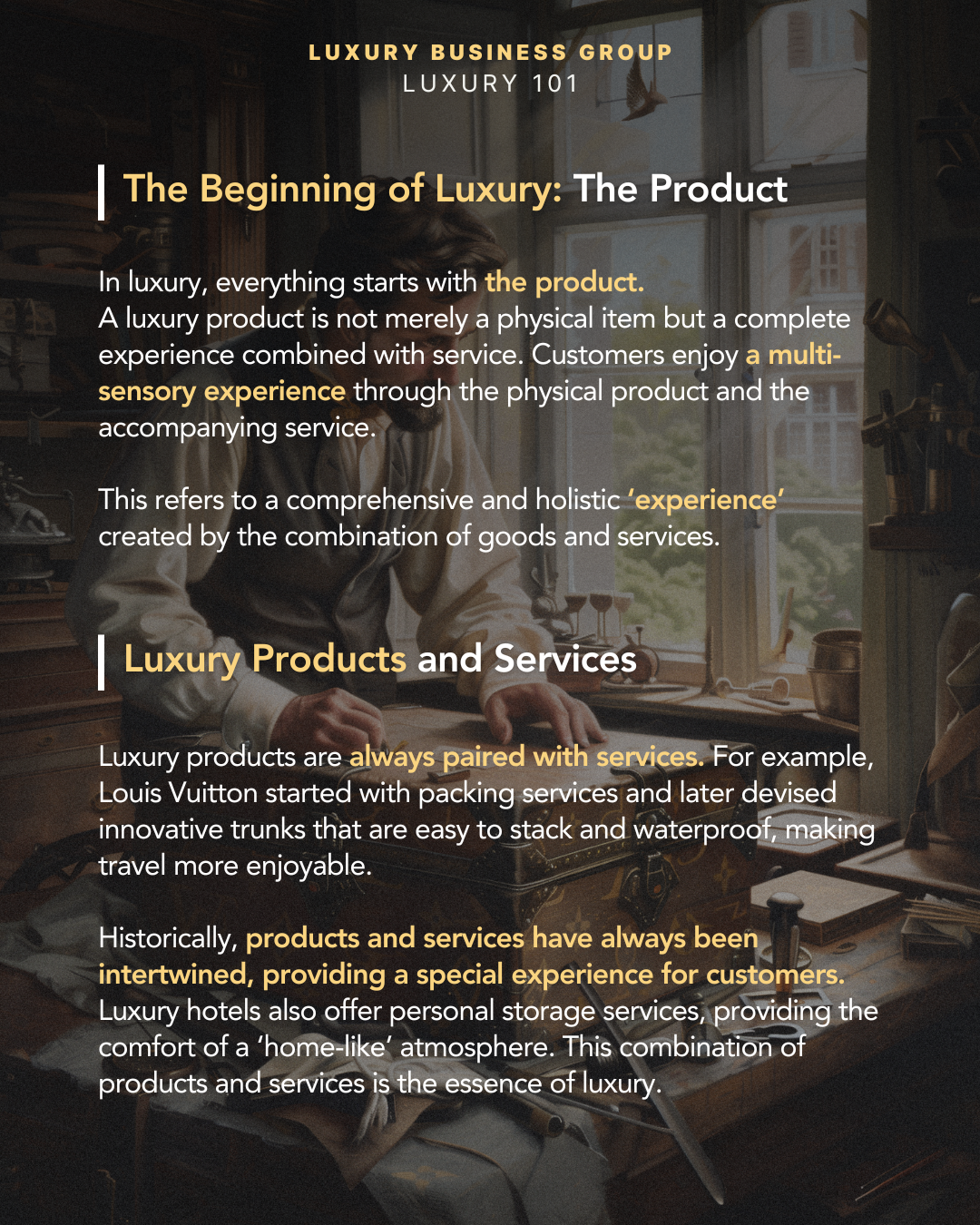
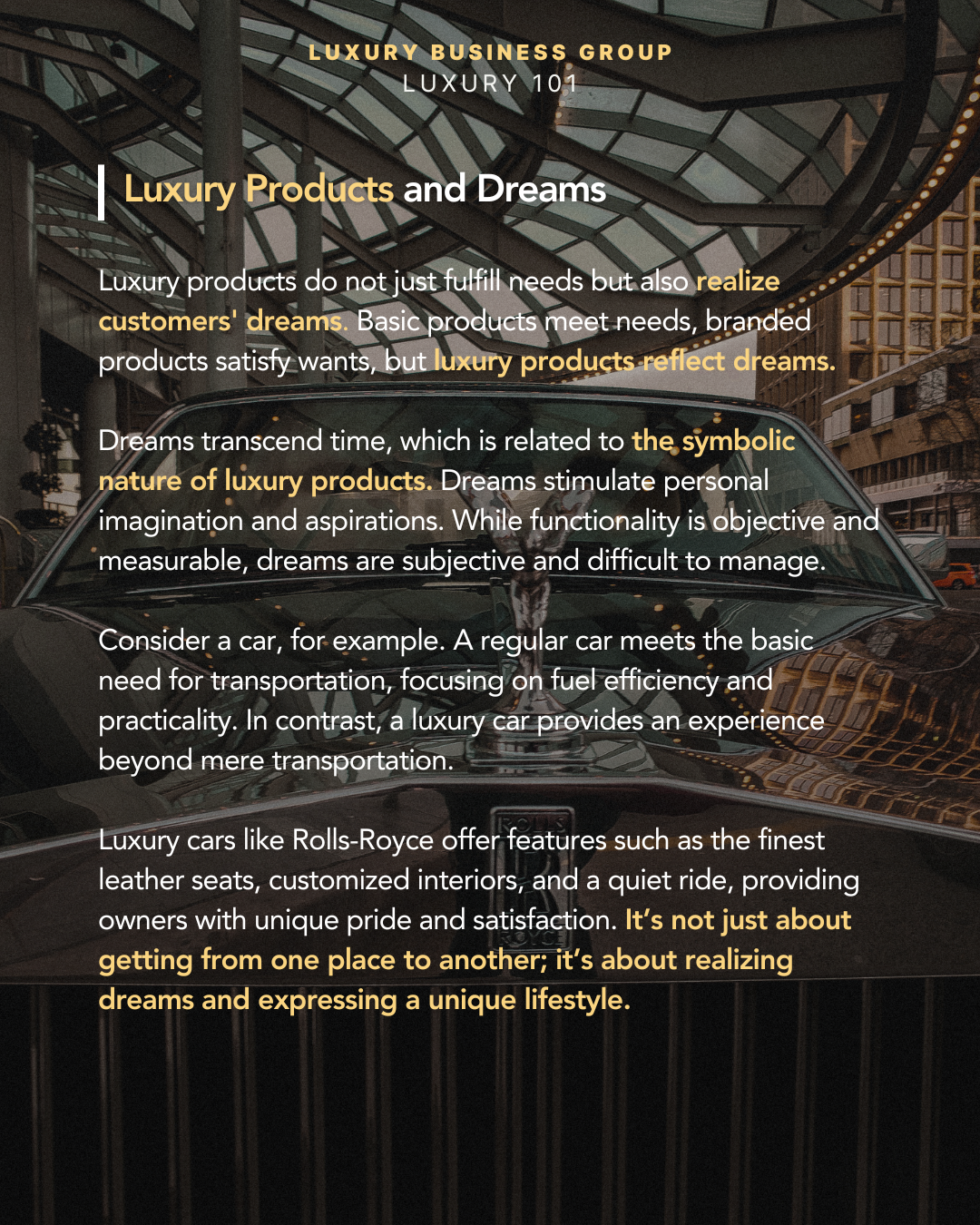
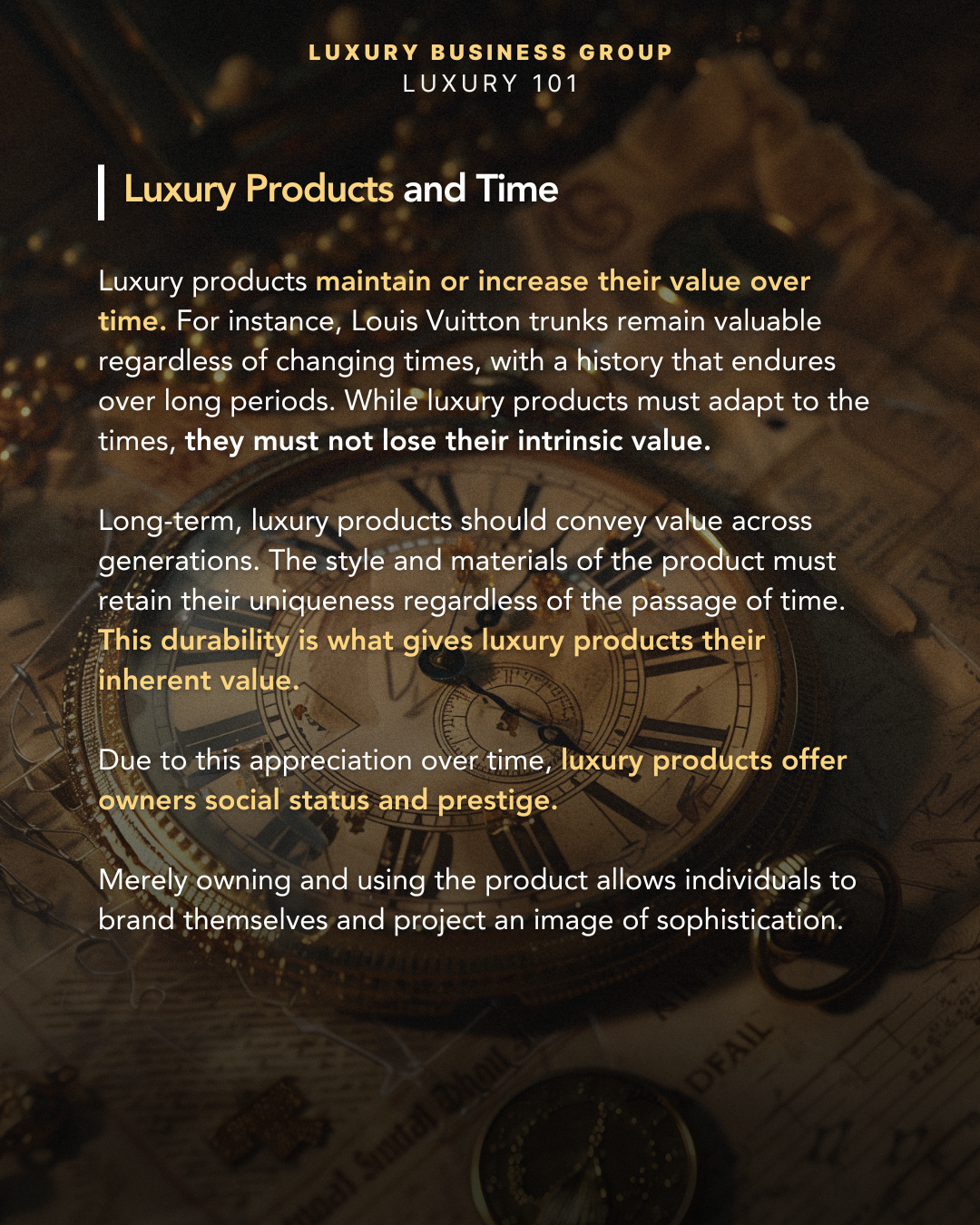
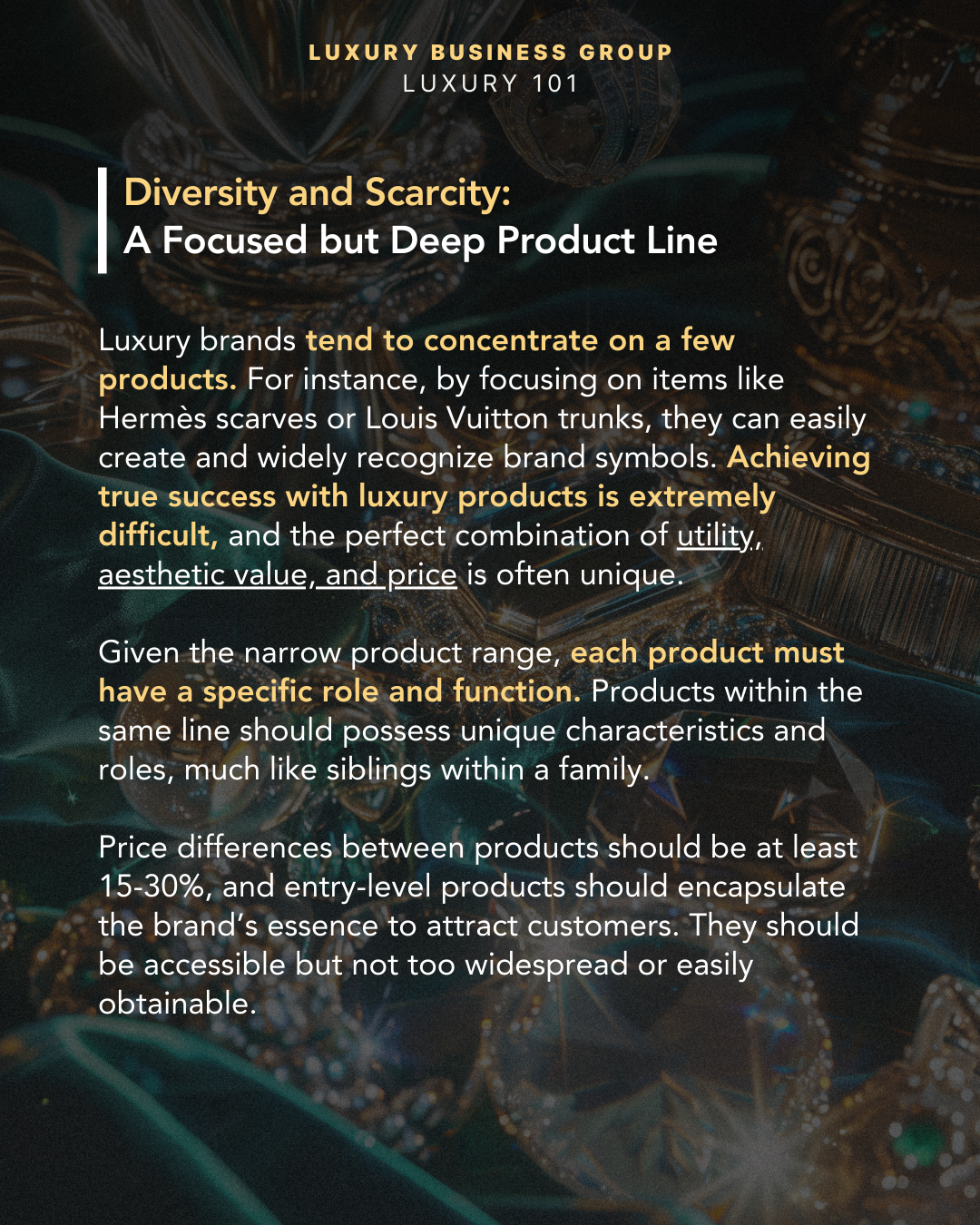
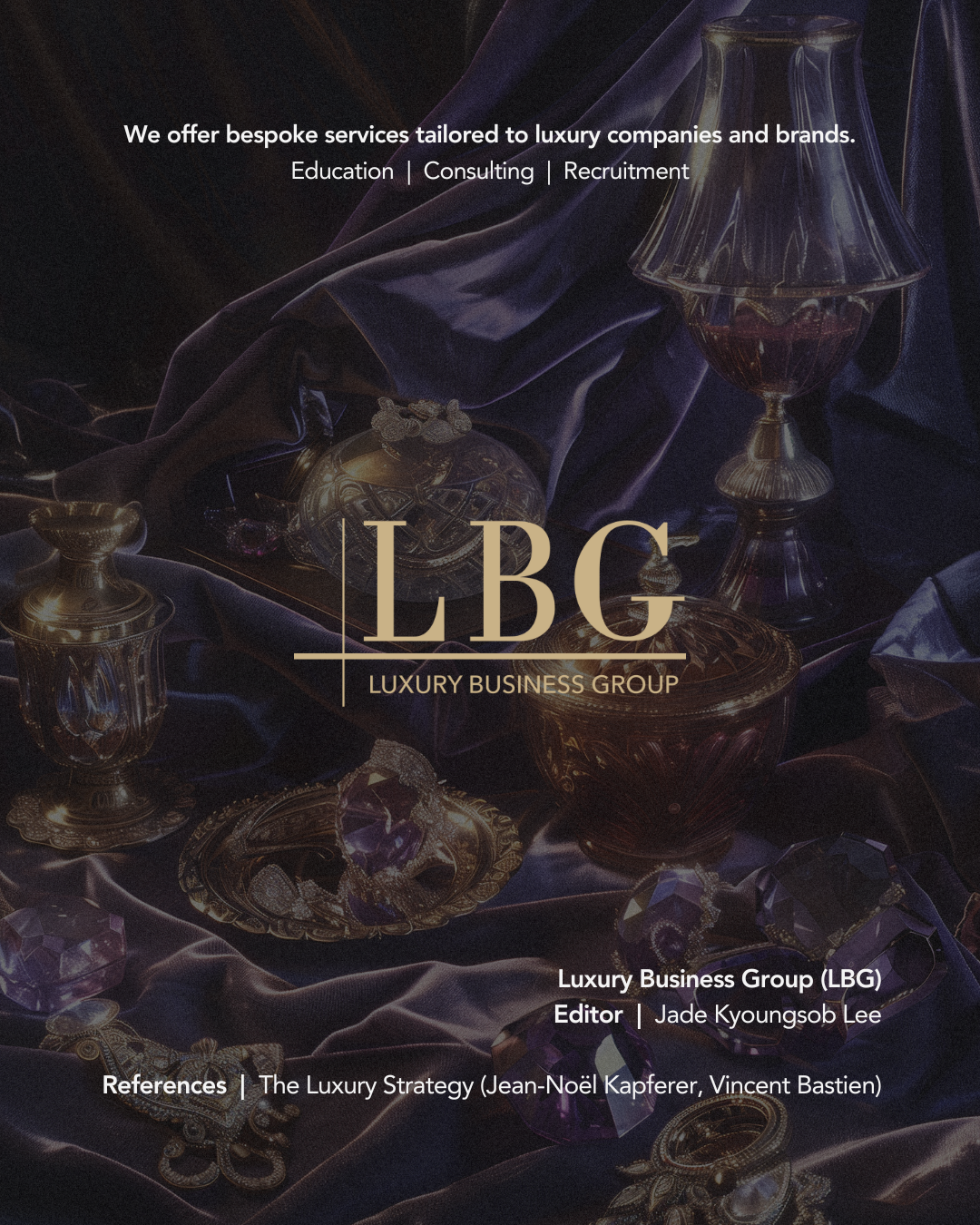
<About Jean-Noël Kapferer>
Professor Jean-Noël Kapferer of HEC Paris is a globally renowned scholar in luxury brand marketing strategies and a pioneer in establishing the concept of 'brand identity.' As a luxury network expert with the Luxury Business Group (LBG), he contributes to the development of various brands and companies.
In Korea, he is well-known for his influential book "The Luxury Strategy," and has served as a consultant for prominent companies such as Mercedes-Benz, L'Oréal, and BMW.
<The Beginning of Luxury: The Product>
In luxury, everything starts with the product.
A luxury product is not merely a physical item but a complete experience combined with service. Customers enjoy a multi-sensory experience through the physical product and the accompanying service.
This refers to a comprehensive and holistic ‘experience’ created by the combination of goods and services.
<Luxury Products and Services>
Luxury products are always paired with services. For example, Louis Vuitton started with packing services and later devised innovative trunks that are easy to stack and waterproof, making travel more enjoyable.
Historically, products and services have always been intertwined, providing a special experience for customers. Luxury hotels also offer personal storage services, providing the comfort of a ‘home-like’ atmosphere. This combination of products and services is the essence of luxury.
<Luxury Products and Dreams>
Luxury products do not just fulfill needs but also realize customers' dreams. Basic products meet needs, branded products satisfy wants, but luxury products reflect dreams.
Dreams transcend time, which is related to the symbolic nature of luxury products. Dreams stimulate personal imagination and aspirations. While functionality is objective and measurable, dreams are subjective and difficult to manage.
Consider a car, for example. A regular car meets the basic need for transportation, focusing on fuel efficiency and practicality. In contrast, a luxury car provides an experience beyond mere transportation.
Luxury cars like Rolls-Royce offer features such as the finest leather seats, customized interiors, and a quiet ride, providing owners with unique pride and satisfaction. It’s not just about getting from one place to another; it’s about realizing dreams and expressing a unique lifestyle.
<Luxury Products and Time>
Luxury products maintain or increase their value over time. For instance, Louis Vuitton trunks remain valuable regardless of changing times, with a history that endures over long periods. While luxury products must adapt to the times, they must not lose their intrinsic value.
Long-term, luxury products should convey value across generations. The style and materials of the product must retain their uniqueness regardless of the passage of time. This durability is what gives luxury products their inherent value.
Due to this appreciation over time, luxury products offer owners social status and prestige.
Merely owning and using the product allows individuals to brand themselves and project an image of sophistication.
<Diversity and Scarcity: A Focused but Deep Product Line>
Luxury brands tend to concentrate on a few products. For instance, by focusing on items like Hermès scarves or Louis Vuitton trunks, they can easily create and widely recognize brand symbols. Achieving true success with luxury products is extremely difficult, and the perfect combination of utility, aesthetic value, and price is often unique.
Given the narrow product range, each product must have a specific role and function. Products within the same line should possess unique characteristics and roles, much like siblings within a family.
Price differences between products should be at least 15-30%, and entry-level products should encapsulate the brand’s essence to attract customers. They should be accessible but not too widespread or easily obtainable.
